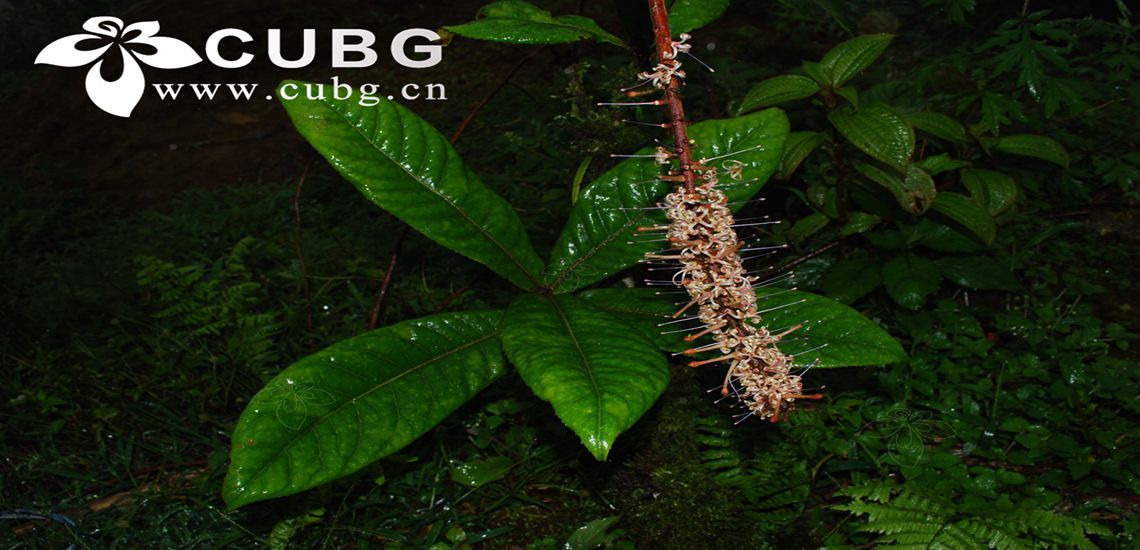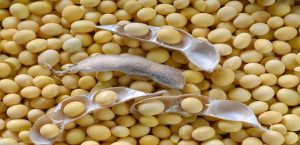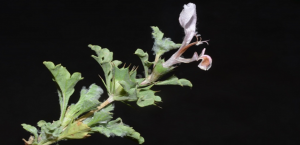Abstract:
Population growth and aspirational food consumption continue to exert increasing pressure on our ability to produce sufficient food. One agronomic practice critical for the high levels of food production we now enjoy is phosphate fertilisation, but easily obtained sources of phosphate are dwindling. At the same time that we need it for food production, phosphate fertilisation creates huge problems – phosphate-rich agricultural runoff continues to pollute and degrade freshwater and marine environments. Part of a solution to these dilemmas would be crops that are more efficient at acquiring and using phosphate, minimising the need for phosphate input and maximising its retention in the agricultural system. The Proteaceae of southwestern Australia have evolved on some of the most phosphate-impoverished soils on earth. Their evolutionary history has provided them with several adaptations that make them masters of phosphate use efficiency. In this seminar, I will explore our development of Hakea prostrata as a model to learn lessons about phosphate use efficiency in roots and leaves that may allow us to develop plants that are better able to cope with lower phosphate supplies. We have discovered that the limitation of nitrate accumulation in leaves is another adaptation to growth on phosphorus poor soils. This trait is not restricted to Hakea prostrata or the Proteaceae. We have recently found the trait in the Myrtaceae. This adaptation is likely mediated by nitrate transporter expression patterns that differ dramatically from those found in Arabidopsis.
Speaker: Dr. Patrick M. Finnegan
Affiliation: University of Western Australia
Time: Dec. 7, 2021
Venue: Tencent meeting platform 会议 ID:247-905-176 会议密码 PWD:666666
视频下载Download Link链接: https://pan.baidu.com/s/1Be8bjYyPvaCHvGgXKS7vIw Pwd提取码: v3ru



